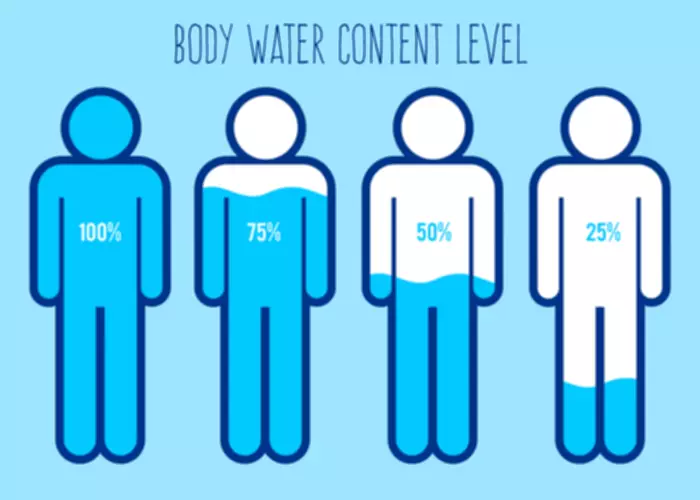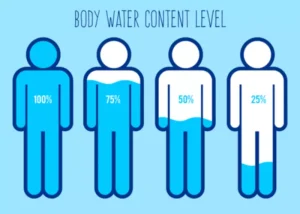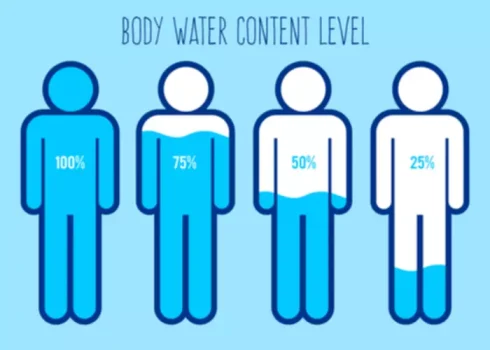Marijuana Cannabis, Weed: What It Is, Side Effects & Risks

More research about the short-term and long-term effects of marijuana is needed. If you think you may be addicted to marijuana, talk to your doctor about your symptoms. Treatment works best when conditions that may be linked to marijuana use are discovered early.

Renewal Center for Ongoing Recovery

Several evidence-based treatments have been effective for managing CUD or cannabis dependency. However, regular and prolonged exposure to cannabis adjusts the brain to these higher dopamine levels, making it less responsive to THC and even the body’s own endocannabinoids. There are serious ripple effects of CUD, majorly physical, emotional, and social consequences posed to those affected. At its core, CUD is a condition where someone is unable to regulate their cannabis use despite the negative impacts it may have on their physical, emotional, and social well-being.
- Law enforcement perceptions view cannabis as a gateway drug leading to the use of illegal narcotics, affecting their handling of marijuana-related crimes and offenders.
- Using marijuana may raise your chances of clinical depression or worsen the symptoms of any mental disorders you already have.
- Meanwhile, Hawaii Island Recovery can empower each person to challenge marijuana addiction with the support, understanding, and proven strategies necessary for sustainable change.
- No one should assume the information provided on Addiction Resource as authoritative and should always defer to the advice and care provided by a medical doctor.
- Many of these weed withdrawal symptoms occur within 24 to 72 hours of stopping heavy use.
- Reaching out for support can significantly soften the challenges faced, whether through the understanding of close friends, the guidance of a therapist, the backing of family members, or the assistance of community resources.
- Many people mistakenly believe that cannabis is a safe or harmless substance, although if you misuse cannabis you expose yourself to both immediate harm and long-term damage, including addiction.
Cannabis/Marijuana Use Disorder
Marijuana is used in various forms such as joints, pipes, bongs, blunts, edibles, and vaporizers. Though I was in a new environment, with new friends and countless novel experiences, I experienced everything as bland beyond belief. However, about three months into my new drug-free life, I was walking along a street in Minneapolis and nearly fell to my knees, struck by the brilliance of the fall foliage.
I’m In Recovery

Despite the negative influence their addiction has on their life, however, someone with cannabis use disorder will continue to use marijuana. In other words, the more someone uses weed, the more they will need to use as their body becomes desensitized to it. One of the major signs of cannabis use disorder, according to the DSM, is a strong craving to use marijuana.
What are the Risks of Marijuana Addiction?

This is because there isn’t enough research yet about the medical benefits of the substance, especially long-term effects. In addition, marijuana tends to affect different people in many different ways. Our writers and reviewers are experienced professionals in medicine, addiction treatment, and healthcare.
- These children were found to have decreased verbal reasoning skills and more hyperactivity, impulsivity, and decreased attention.
- Cannabis dependence is much more common than dependence on other drugs due to the sheer number of people who use marijuana.
- Payment of benefits are subject to all terms, conditions, limitations, and exclusions of the member’s contract at time of service.
- Finding the right help through therapy, peer support, or family guidance is essential to lasting recovery.
At that time, hemp plants were low in tetrahydrocannabinol (THC), the active component of cannabis, and crops were valued for their role in industry. While a medically supervised detoxification is marijuana addictive is recommended for those with severe CUD or co-occurring health issues, some may choose to undergo the detox process at home. Tailoring treatment to meet personal needs and circumstances paves a smoother path to recovery.
